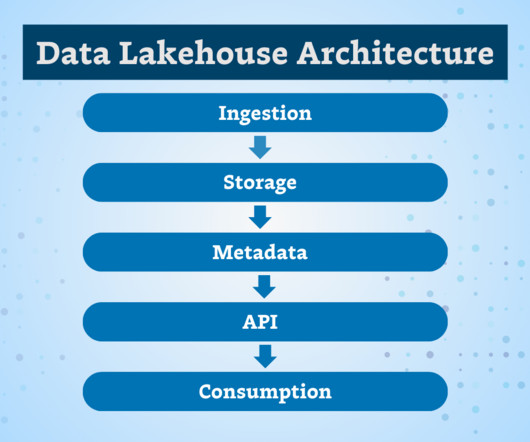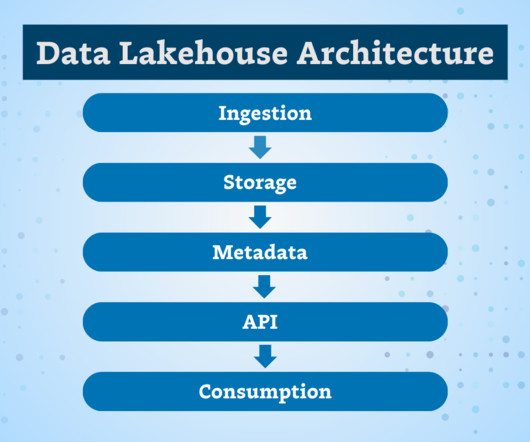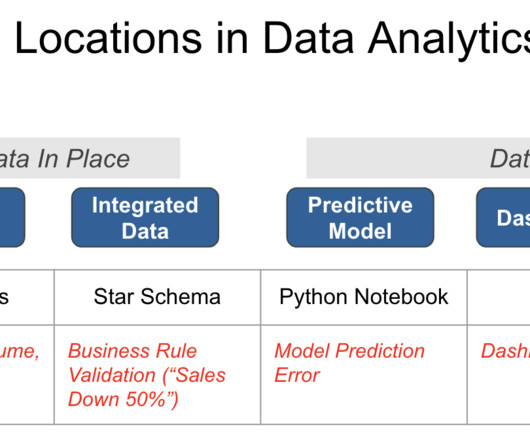5 Layers of Data Lakehouse Architecture Explained
Monte Carlo
JANUARY 5, 2024
This architecture format consists of several key layers that are essential to helping an organization run fast analytics on structured and unstructured data. Table of Contents What is data lakehouse architecture? The 5 key layers of data lakehouse architecture 1. Metadata layer 4. This starts at the data source.

















Let's personalize your content